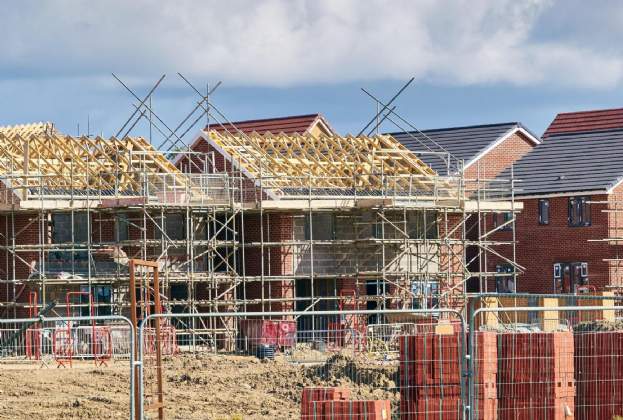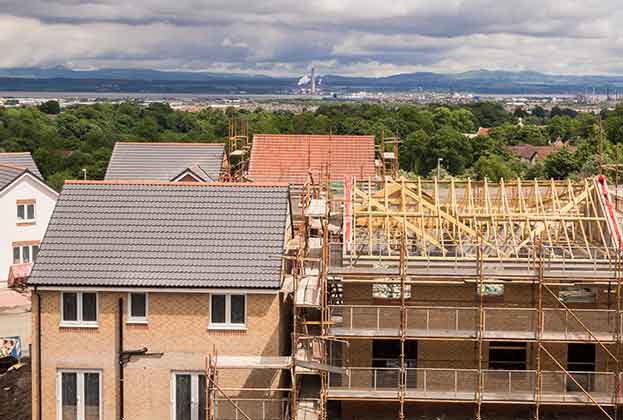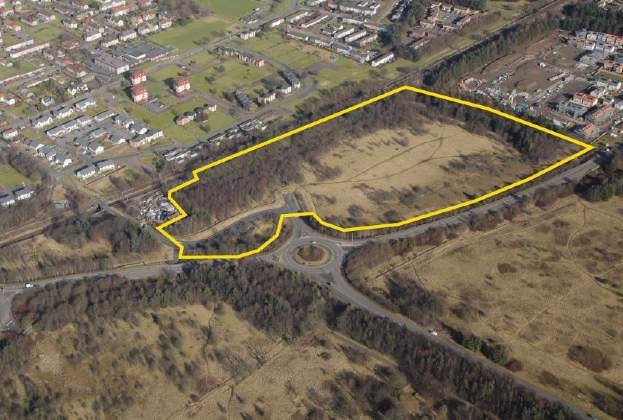Known as legacy development, schemes that enable landowners to retain a level of control either in the design, construction or management stage are not new. Historically, legacy development landowners were typically those (perhaps a traditional estate) who had one eye to the next phase for the next generation or who actually lived next door so wanted an appropriate tree buffer for example. Nowadays the legacy goes further.
ENERGY
Those promoting land for development are showing increasing awareness of how new housing will be supplied with energy. Providing electric car charging points and air source heat pumps are now on the radar but, when selling development land, we are seeing some landowners require a commitment to reducing carbon footprints, the prohibition on gas boilers ahead of government targets and commitment to renewable energy use. Homeowners are buying new homes with these sustainability credentials in mind.
DESIGN
The design and layout of new homes is another form of legacy that landowners and promoters are focusing on. Traditionally it was the aesthetics of a development that was most important. Now, as homes become places not just to live in but to work and spend leisure time, making sure they provide better experiences is also key. Creating developments that are essentially more self-sufficient is particularly relevant to new urban extensions and settlements where good design can reduce car reliance by providing schooling and nursery care as well as flexible office space. Good design can take the form of attractive footpaths and bike trails offering connections to train stations or town amenities but also for general exercise and walking the dog.
ENVIRONMENT
Other environmental legacies include developments where land has been set aside for rewilding or, increasingly, for biodiversity net gain (BNG) purposes, or to assist with lessening the nutrient load found in the surrounding watercourses so that developments achieve nutrient neutrality. The legacy is environmental but there is human value too as green spaces offer opportunities for mental wellbeing and social interaction.
COMMUNITY
Community involvement forms part of the planning process but there are more and more cases whereby promoters, developers and landowners are positively encouraging local communities to help shape new development. This can be as simple as including areas for sports pitches but more recently schemes have incorporated allotments or community gardens. Home-produced food reduces household bills but also reduces food miles, provides healthy exercise and can be immensely satisfying to boot.
There are opportunities for developers to stay ahead of government regulations but also to stay a step ahead commercially as the buyers of the future will put a premium on homes with these types of credentials. Landowners, whether they be traditional rural estates, local businesses, charities, corporate bodies or local farmers, will have the satisfaction of curating the land for generations to come.

.jpg)

.jpg)

.jpg)
.jpg)
-rs.jpg)


